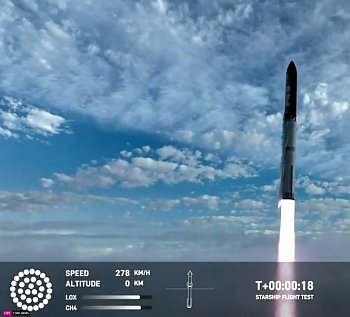Arizona city shuts down church program that fed the hungry for the last 25 years

Nieves Riedel, mayor of San Luis, Arizona, and
very hostile to churches feeding the hungry
They’re coming for you next: In 2022 a new mayor and administration arrived in San Luis, Arizona, and immediately thereafter the food program of Gethsemani Baptist Church in San Luis, Arizona, came under harassment, with repeated citations and bureaucratic demands that it limit its operations, to a point that the threatened fines (more than $4,000) and potential jail terms for its pastor forced the church stop the program, despite operating peaceably and acceptably for a quarter of a century.
After new officials took over in San Luis, the city sent a letter last fall ordering the church to stop using semi-trucks for food delivery at its property. Attempting to resolve the order, the church offered to use smaller trucks. The city denied the request and told the church it must stop the food ministry entirely. These limitations make it functionally impossible to carry out the ministry in the same way.
Since receiving the city’s letter, Pastor Jose [Castro] had to significantly cut back on the food ministry. He’s tried to continue feeding the hungry as best he can under these limitations. But this wasn’t enough for the city of San Luis and its new Mayor, Nieves Riedel. Just a few weeks ago, while Pastor Jose passed out emergency food supplies to a small group of people at the church, a city code enforcer showed up unannounced and issued him four citations. Less than a week later, when a third party parked a truck in front of the church for just five minutes, the code enforcer returned and issued Pastor Jose four more citations. Not only will Pastor Jose have to pay fines in municipal court, each future violation may result in criminal charges.
These aggressive tactics have now forced Gethsemani to pause its ministry, as the church and Pastor Jose cannot afford the heavy fines or to relocate. Because of the City and Mayor Riedel’s intimidation tactics, the church cannot feed the hungry. That means people are going hungry right now.

Nieves Riedel, mayor of San Luis, Arizona, and
very hostile to churches feeding the hungry
They’re coming for you next: In 2022 a new mayor and administration arrived in San Luis, Arizona, and immediately thereafter the food program of Gethsemani Baptist Church in San Luis, Arizona, came under harassment, with repeated citations and bureaucratic demands that it limit its operations, to a point that the threatened fines (more than $4,000) and potential jail terms for its pastor forced the church stop the program, despite operating peaceably and acceptably for a quarter of a century.
After new officials took over in San Luis, the city sent a letter last fall ordering the church to stop using semi-trucks for food delivery at its property. Attempting to resolve the order, the church offered to use smaller trucks. The city denied the request and told the church it must stop the food ministry entirely. These limitations make it functionally impossible to carry out the ministry in the same way.
Since receiving the city’s letter, Pastor Jose [Castro] had to significantly cut back on the food ministry. He’s tried to continue feeding the hungry as best he can under these limitations. But this wasn’t enough for the city of San Luis and its new Mayor, Nieves Riedel. Just a few weeks ago, while Pastor Jose passed out emergency food supplies to a small group of people at the church, a city code enforcer showed up unannounced and issued him four citations. Less than a week later, when a third party parked a truck in front of the church for just five minutes, the code enforcer returned and issued Pastor Jose four more citations. Not only will Pastor Jose have to pay fines in municipal court, each future violation may result in criminal charges.
These aggressive tactics have now forced Gethsemani to pause its ministry, as the church and Pastor Jose cannot afford the heavy fines or to relocate. Because of the City and Mayor Riedel’s intimidation tactics, the church cannot feed the hungry. That means people are going hungry right now.






